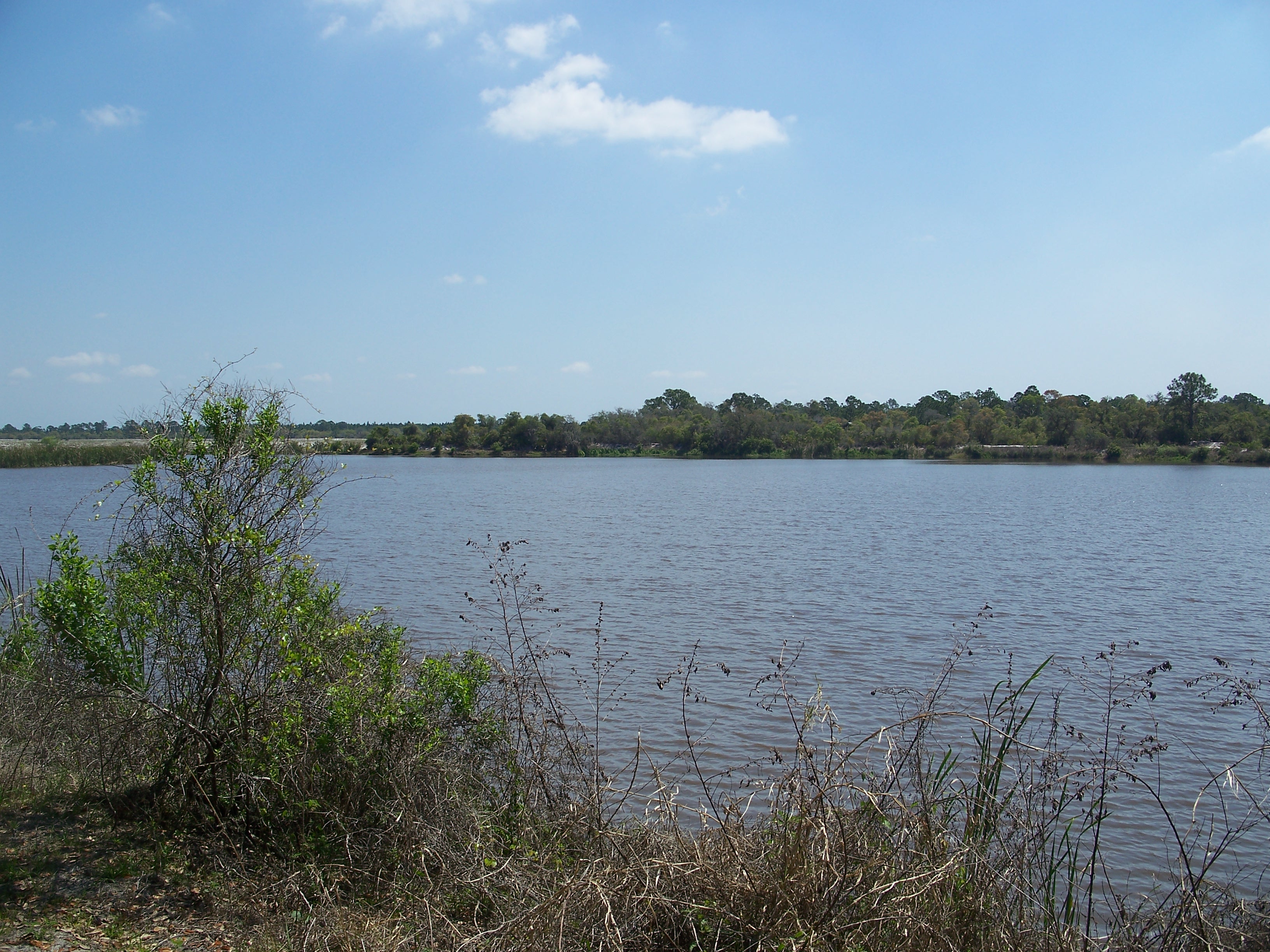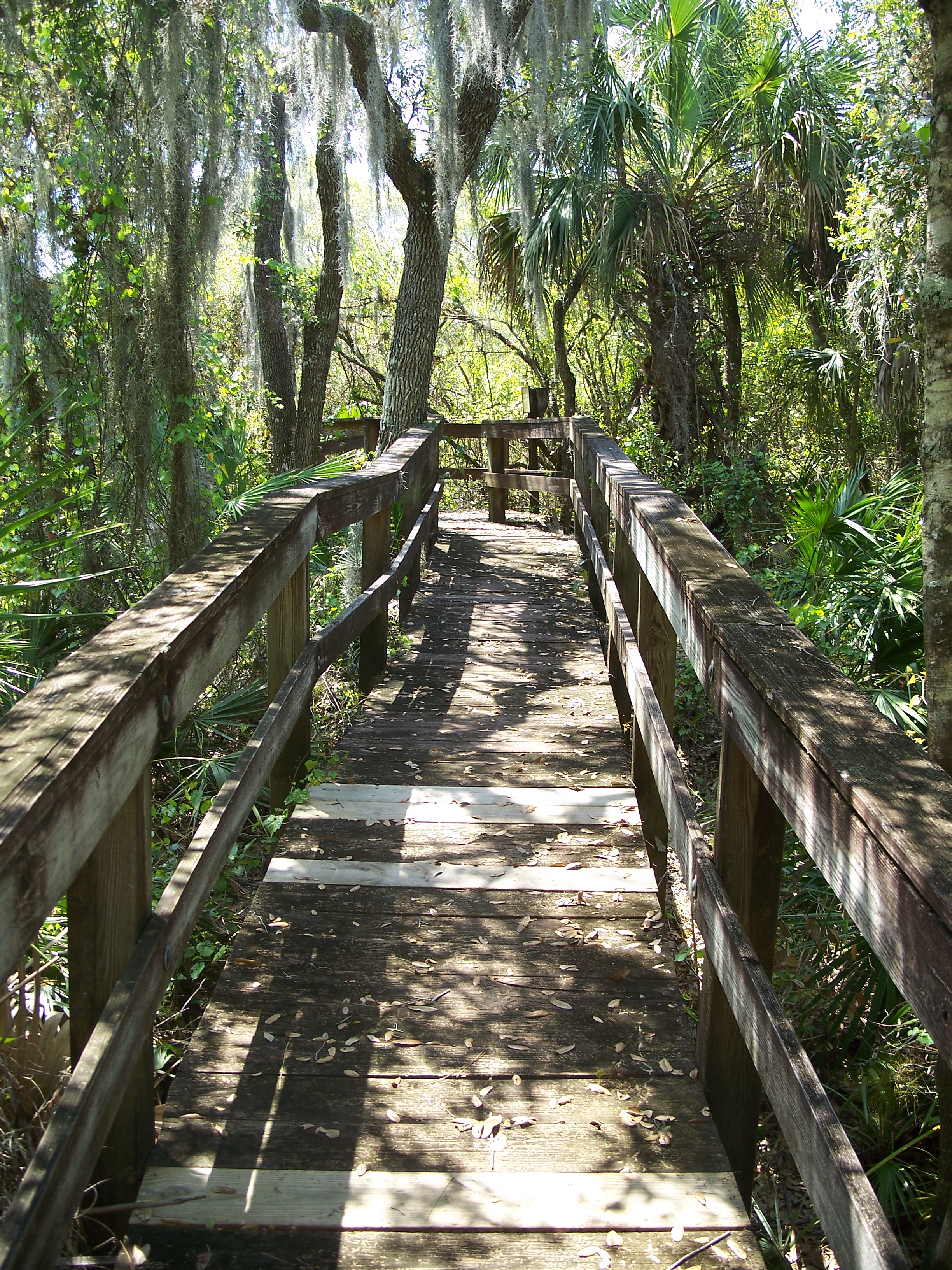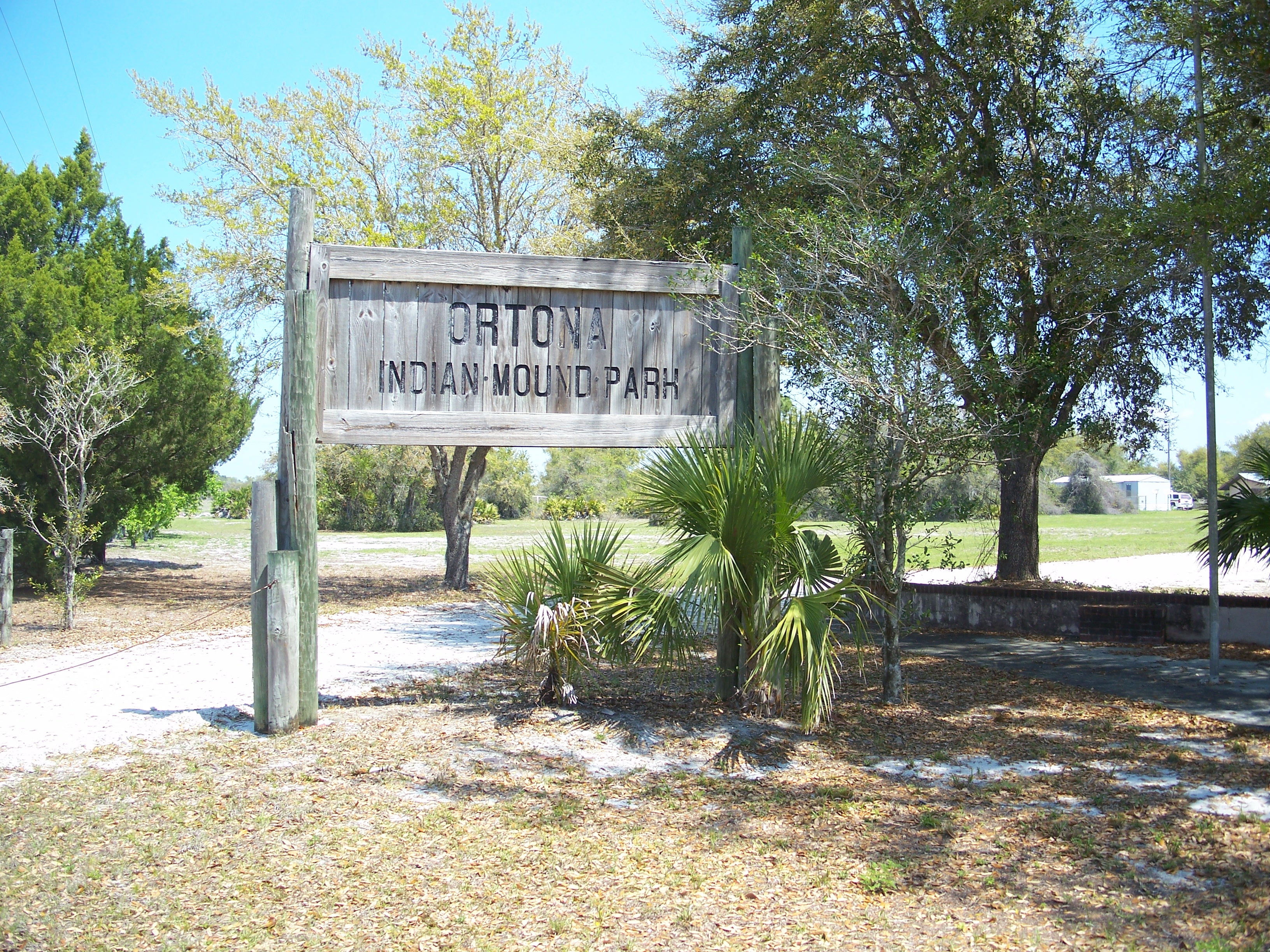Ortona, Glades County, Florida on:
[Wikipedia]
[Google]
[Amazon]







 Ortona is an unincorporated area and a populated place in Glades County,
Ortona is an unincorporated area and a populated place in Glades County,







 Ortona is an unincorporated area and a populated place in Glades County,
Ortona is an unincorporated area and a populated place in Glades County, Florida
Florida is a state located in the Southeastern region of the United States. Florida is bordered to the west by the Gulf of Mexico, to the northwest by Alabama, to the north by Georgia, to the east by the Bahamas and Atlantic Ocean, and to ...
.
One of the area's attractions is the Ortona Indian Mound Park, which preserves part of the Ortona Prehistoric Village
The Ortona Prehistoric Village is an archaeological site adjacent to the community of Ortona in northeastern Glades County, Florida, north of the Caloosahatchee River and west of Lake Okeechobee, consisting of mounds, canals and other features. Par ...
, and the hiking trail through that area. The prehistoric mounds, canoe canals and earthworks were constructed by Native Americans across a five-square-mile region along the north side of the Caloosahatchee River
The Caloosahatchee River is a river on the southwest Gulf Coast of Florida in the United States, approximately long.U.S. Geological Survey. National Hydrography Dataset high-resolution flowline dataThe National Map, accessed April 18, 2011 It dr ...
. The site is located on SR 78, north of LaBelle.
History
A LaBelle investor and businessman, Jerome G. Attanasio, bought 360 acres of land southwest ofCitrus Center
The Citrus Center, also known as the BB&T building, originally known as the CNA Tower, is a commercial office building in Orlando, Florida, United States located at 255 South Orange Avenue. Topped out in December 1970 and completed in April 197 ...
. He named the subdivision "Ortona
Ortona (Neapolitan language, Abruzzese: '; grc, Ὄρτων, Órtōn) is a coastal town and municipality of the Province of Chieti in the Italy, Italian region of Abruzzo, with some 23,000 inhabitants.
In 1943 Ortona was the site of a Battle o ...
" after the coastal town in Italy, where he was born. Hoping to attract grape growers to his development, Attanasio reported to the ''Moore Haven Times'', in 1924, that he was impressed with the growth of 500 rootstock Carmen Grape on his six acres of land.
The original settlers were "squatters who moved in and out. Members of the Townsend family visited, stayed awhile, then moved on."
After the Depression, all land developers left except Williams, Storter, Hicks, Komer, and Rivers families.
Afterward, settlers moved into Ortona, along the Caloosahatchee River
The Caloosahatchee River is a river on the southwest Gulf Coast of Florida in the United States, approximately long.U.S. Geological Survey. National Hydrography Dataset high-resolution flowline dataThe National Map, accessed April 18, 2011 It dr ...
, living in "houses built of cane poles and roofed over with cabbage fan palms," buying five to ten acre tracts of land. Lonnie Williams, with other members of the community, went to Fisheating Creek
Fisheating Creek is a stream that flows into Lake Okeechobee in Florida. It is the only remaining free-flowing water course feeding into the lake, and the second-largest natural source for the lake. Most of the land surrounding the stream is eithe ...
to collect cane poles to build the Ortona Holiness Church
The Holiness movement is a Christian movement that emerged chiefly within 19th-century Methodism, and to a lesser extent other traditions such as Quakerism, Anabaptism, and Restorationism. The movement is historically distinguished by its emp ...
, featuring a " cabbage fan roof." The palm frond roofs lasted up to three years. The community helped each other build their homes.
The settlers lived in a "cluster," fishing, hunting and farming, together. Everyone had access to sugarcane
Sugarcane or sugar cane is a species of (often hybrid) tall, Perennial plant, perennial grass (in the genus ''Saccharum'', tribe Andropogoneae) that is used for sugar Sugar industry, production. The plants are 2–6 m (6–20 ft) tall with ...
. Though all neighbors helped each other grind sugarcane for syrup; "everyone had a stand of cane," all supplies and tools had to be bought.
Tom and Amanda Williams, grandparents of Vance Storter, brought him to Ortona from Naples
Naples (; it, Napoli ; nap, Napule ), from grc, Νεάπολις, Neápolis, lit=new city. is the regional capital of Campania and the third-largest city of Italy, after Rome and Milan, with a population of 909,048 within the city's adminis ...
at four-years-old. They traveled from Naples to Fort Center
Fort Center is an archaeological site in Glades County, Florida, United States, a few miles northwest of Lake Okeechobee. It was occupied for more than 2,000 years, from 450 BCE until about 1700 CE. The inhabitants of Fort Center may have been cul ...
after their daughter died of typhoid fever
Typhoid fever, also known as typhoid, is a disease caused by '' Salmonella'' serotype Typhi bacteria. Symptoms vary from mild to severe, and usually begin six to 30 days after exposure. Often there is a gradual onset of a high fever over several ...
. With hogs bought from the Seminole
The Seminole are a Native American people who developed in Florida in the 18th century. Today, they live in Oklahoma and Florida, and comprise three federally recognized tribes: the Seminole Nation of Oklahoma, the Seminole Tribe of Florida, an ...
, they finally moved to Ortona.
The first Ortona school was located by the O'Bannion's saw mill, according to Storter. A larger school was built by the county on two-acres of land "behind Mr. Komer's house to accommodate the increased enrollment."
Teachers were known for "leaving abruptly," according to Marvin Williams, "one with a nervous breakdown." The first consistent teacher was "Mr. Ketring" who "kept the boys at their school work." Focusing on school work was hard for the local students; "with plenty of hunting, fishing and chores, it was difficult to be very concerned about book learning."
Steamboats from Fort Myers
Fort Myers (or Ft. Myers) is a city in southwestern Florida and the county seat and commercial center of Lee County, Florida, United States. The Census Bureau's Population Estimates Program calculated that the city's population was 92,245 in 20 ...
came to load "cordwood
Cordwood construction (also called cordwood masonry or cordwood building, alternatively stackwall or stovewood) is a term used for a natural building method in which short logs are piled crosswise to build a wall, using mortar or cob to perma ...
" supplied by the J.F. "Bud" Cross family after contracting and cutting down woodland areas and delivering the wood to the boats.
Nailed to a tree was a coffee mill, accessible to everyone to grind their coffee beans. Afterward, the area was named Coffee Mill Hammock, including a road by the same name.
Without local fencing laws in the 1920s, cows grazed freely and dairy products were free, "if one had the determination and a drawdy pole."
"The drawdy pole was long with a loop of rope firmly attached to the end. The loop was hooked around the cow's horns, and the pole twisted to tighten the grip of the horns. Finally, the cow could only move in a slight semi-circle, and it could be milked."
There was no supplemental feed; the cows were free-range
Free range denotes a method of farming husbandry where the animals, for at least part of the day, can roam freely outdoors, rather than being confined in an enclosure for 24 hours each day.
On many farms, the outdoors ranging area is fenced, ...
. Fourteen to twenty cows provided enough milk for a family. There was "sweet milk for drinking, sour milk for bread, butter, and other milk by-products."
Hogs were raised and sold to the locals and hauled to Fort Myers
Fort Myers (or Ft. Myers) is a city in southwestern Florida and the county seat and commercial center of Lee County, Florida, United States. The Census Bureau's Population Estimates Program calculated that the city's population was 92,245 in 20 ...
. "At that time, the cattle were too scrawny to be slaughtered, and the price wasn't nearly as good as for hogs."
Thirty-two acres of land was used for the Ortona Cemetery in 1921. The first caretaker was Clive Hicks.
A train depot was built after Chihi, a railroad crossing, was finished. The first bridge tender at the railroad was Eugene Walker, who "bought the cane mill from an outlaw for $112" and was still the owner in 1985. The depot was used as a refuge for flooding for those in lower areas around Ortona's ridge.
Owned by Don Melcer, Meadowlark Campground featured a two-story building, with workers living near the camp. Currently, it's called the Meadowlark Shores 55+ RV Park.
Ken Bracken started the River Oaks subdivision located west of Meadowlark Shores.
Turkey Creek was created by Eurgene Walker, the location of O'Bannion's saw mill, which kept a dragline
A dragline excavator is a piece of heavy equipment used in civil engineering and surface mining.
Draglines fall into two broad categories: those that are based on standard, lifting cranes, and the heavy units which have to be built on-site. Mo ...
onsite; "a horse couldn't get through the thick brush, but the dragline dug through."
In 1985, Ghands and Baker owned one sandmine while one was leased to E.R. Jahna, though operated by John Bruner. Paul and Wheeler planted 1,000 acres of young citrus groves in 1979.
At the same time, Ortona featured a beauty shop, store and bar for locals and "enthusiastic winter visitors."
Climate
Communities
Meadowlark Shores 55+RV Park
A recreational vehicle park (RV park) or caravan park is a place where people with recreational vehicles can stay overnight, or longer, in allotted spaces known as "sites" or "campsites". They are also referred to as campgrounds, though a true ...
River Oaks Subdivision
Turkey Creek
Festivals
The Cane Grinding Festival is a fund-raiser originally for Ortona's volunteer fire department, with the firehouse being built by the community. "It commemorates the early settlers’ cultivation and processing of the delectable sugar cane syrup. The festival features bluegrass music, clogging, arts and crafts booths, and barbecue chicken and rib dinners. Proceeds from the festival benefit the local fire department."References
{{DEFAULTSORT:Ortona, Glades County, Florida Unincorporated communities in Florida Unincorporated communities in Glades County, Florida